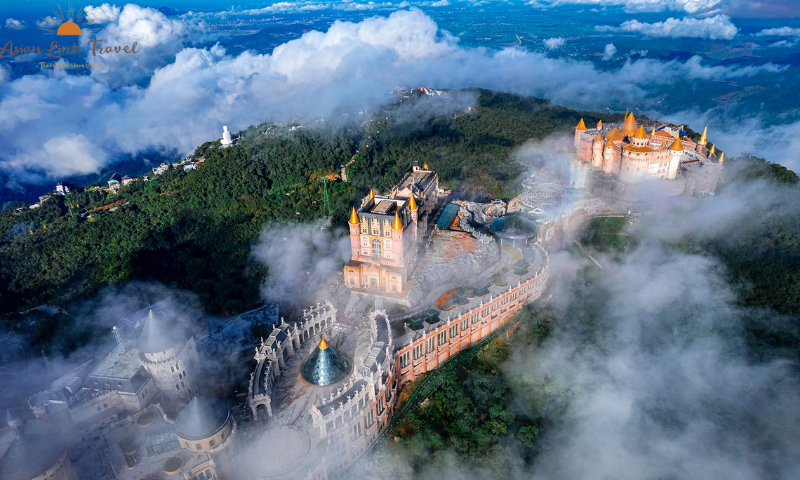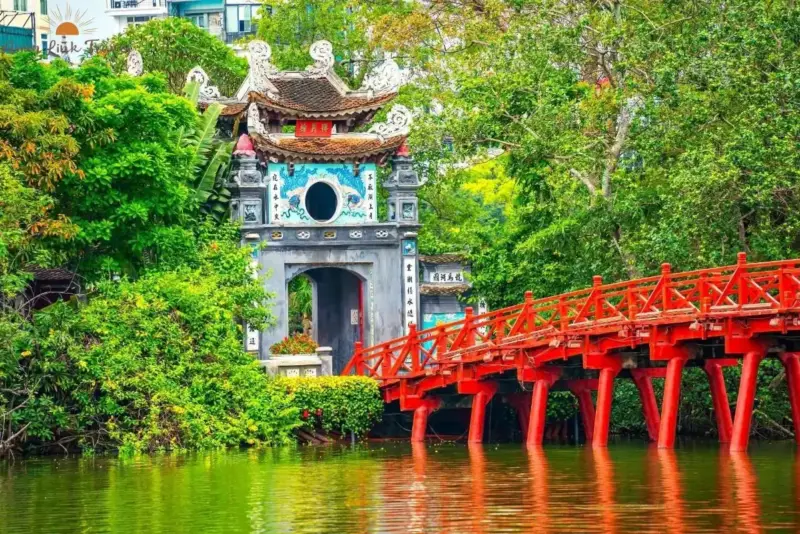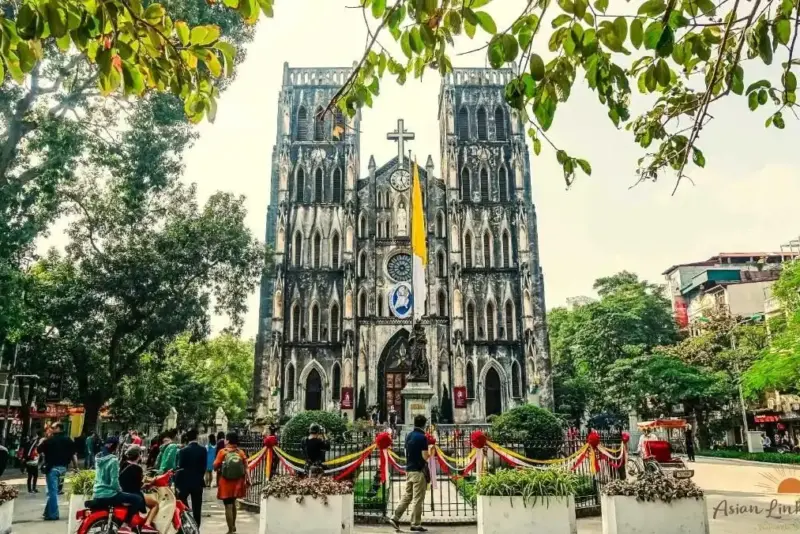Sapa: Vietnam’s Misty Mountain Retreat
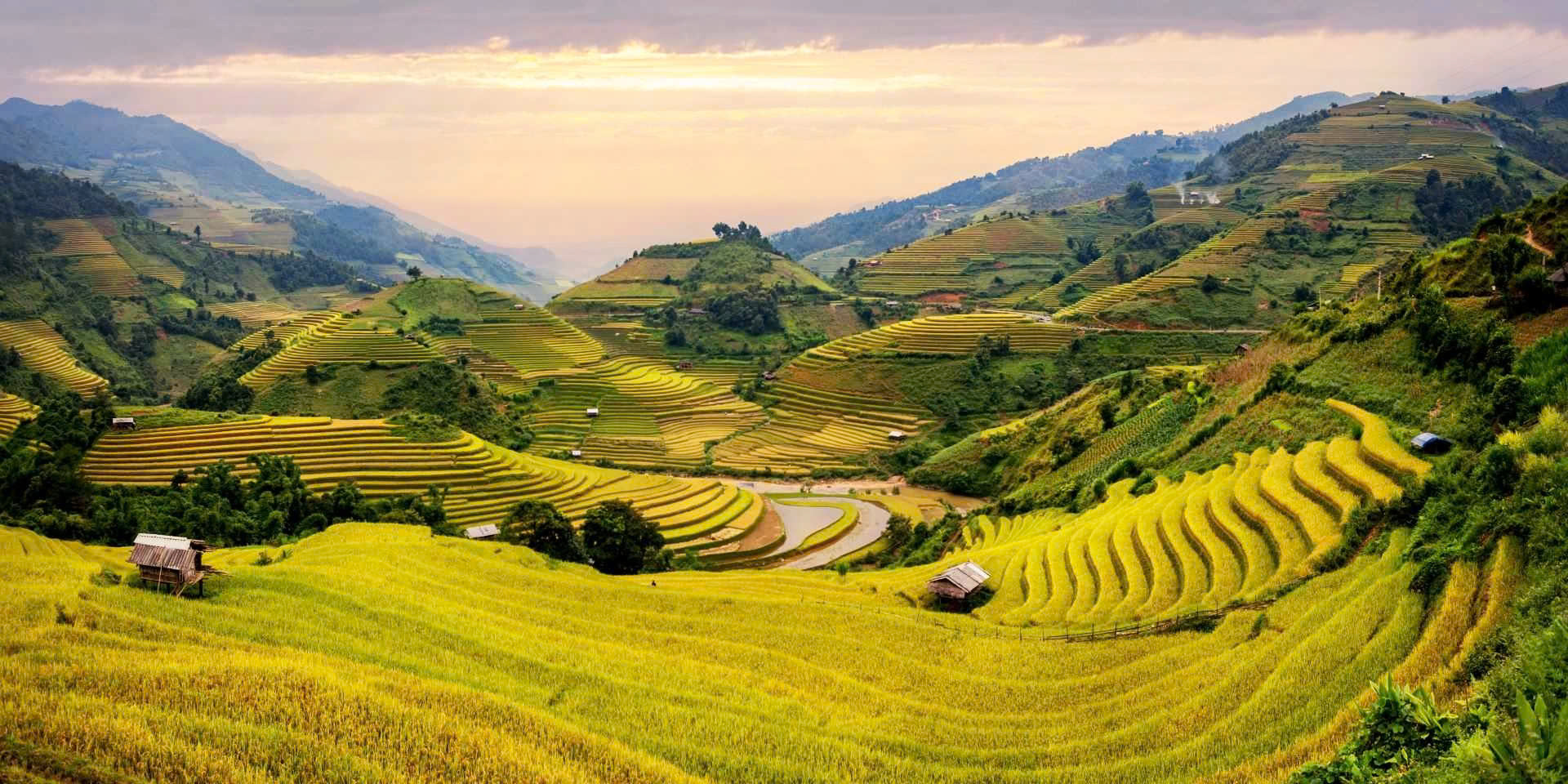
High in the northern mountains of Vietnam, near the border with China, lies Sapa — a breathtaking land of mist-shrouded valleys, terraced rice fields, and colorful ethnic cultures. A world away from the bustling cities of Hanoi and Ho Chi Minh City, Sapa offers a peaceful yet adventurous escape where nature, tradition, and history meet in perfect harmony.
Known for its dramatic landscapes, cool climate, and rich cultural diversity, Sapa has become one of Vietnam’s most beloved travel destinations. Whether you’re trekking through lush rice terraces, staying in a hill tribe homestay, or simply soaking in the cool mountain air, Sapa promises a journey unlike any other.
A Cultural Tapestry in the Mountains
Sapa is home to a diverse population of ethnic minority groups, including the H’mong, Dao (Yao), Tay, Giay, and Xa Pho people. These communities maintain unique languages, customs, clothing, and traditions, contributing to Sapa’s vibrant cultural identity. One of the most rewarding aspects of visiting Sapa is interacting with locals, learning about their daily lives, and witnessing how tradition still shapes the rhythm of the region.
Don’t miss:
-
Traditional markets like Bac Ha (Sundays) and Coc Ly (Tuesdays), where ethnic groups gather to trade produce, textiles, and handmade crafts.
-
Seeing women in intricately embroidered clothing — each group’s garments are distinct in color, pattern, and symbolism.
-
Staying in a local homestay, where you’ll eat traditional food, learn a few local words, and experience everyday mountain life.
What to See in Sapa
1. Fansipan Mountain – The “Roof of Indochina”
At 3,143 meters (10,312 ft), Fansipan is the tallest peak in Vietnam and all of Indochina (Vietnam, Laos, Cambodia). Adventurous travelers can attempt a multi-day trek to the summit, but most now opt for the Fansipan Cable Car, a world-class ride that ascends above clouds, forests, and deep valleys. At the summit, you’ll find spiritual temples, giant statues, and 360° panoramic views of the Hoàng Liên Son mountain range.
2. Sapa Town
Though small, Sapa town is lively and picturesque, surrounded by mountains and often draped in mist. Here, you’ll find cozy cafés, bustling markets, and charming colonial architecture left over from the French. The Sapa Church, built in 1895, and the central square are landmarks worth visiting.
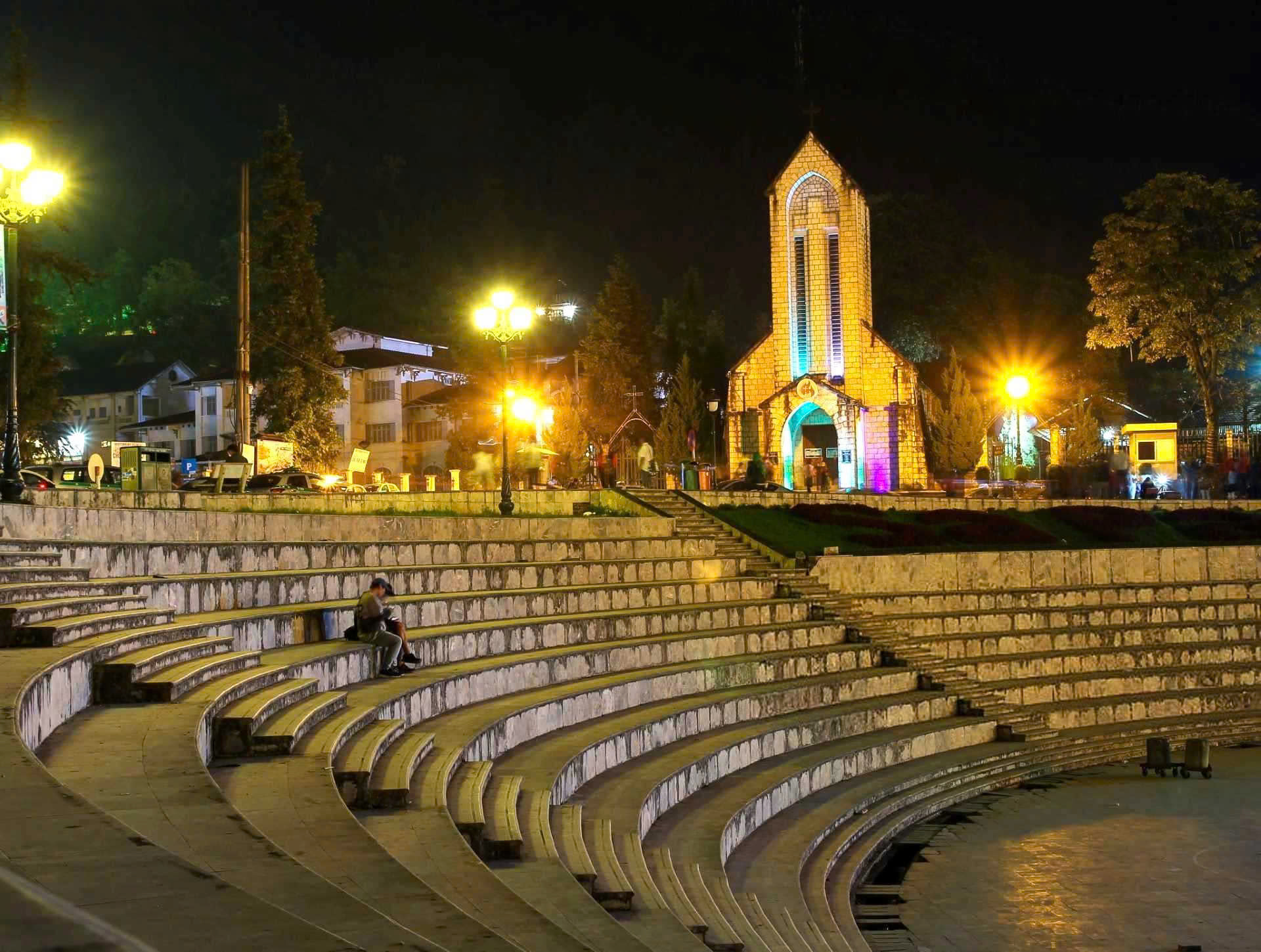
3. Cat Cat Village
Just 3 km from Sapa town, this H’mong ethnic village is one of the most accessible and tourist-friendly. You’ll walk along stone paths lined with traditional wooden houses, waterfalls, and artisan workshops. Though a bit commercialized, it offers a good introduction to local culture.
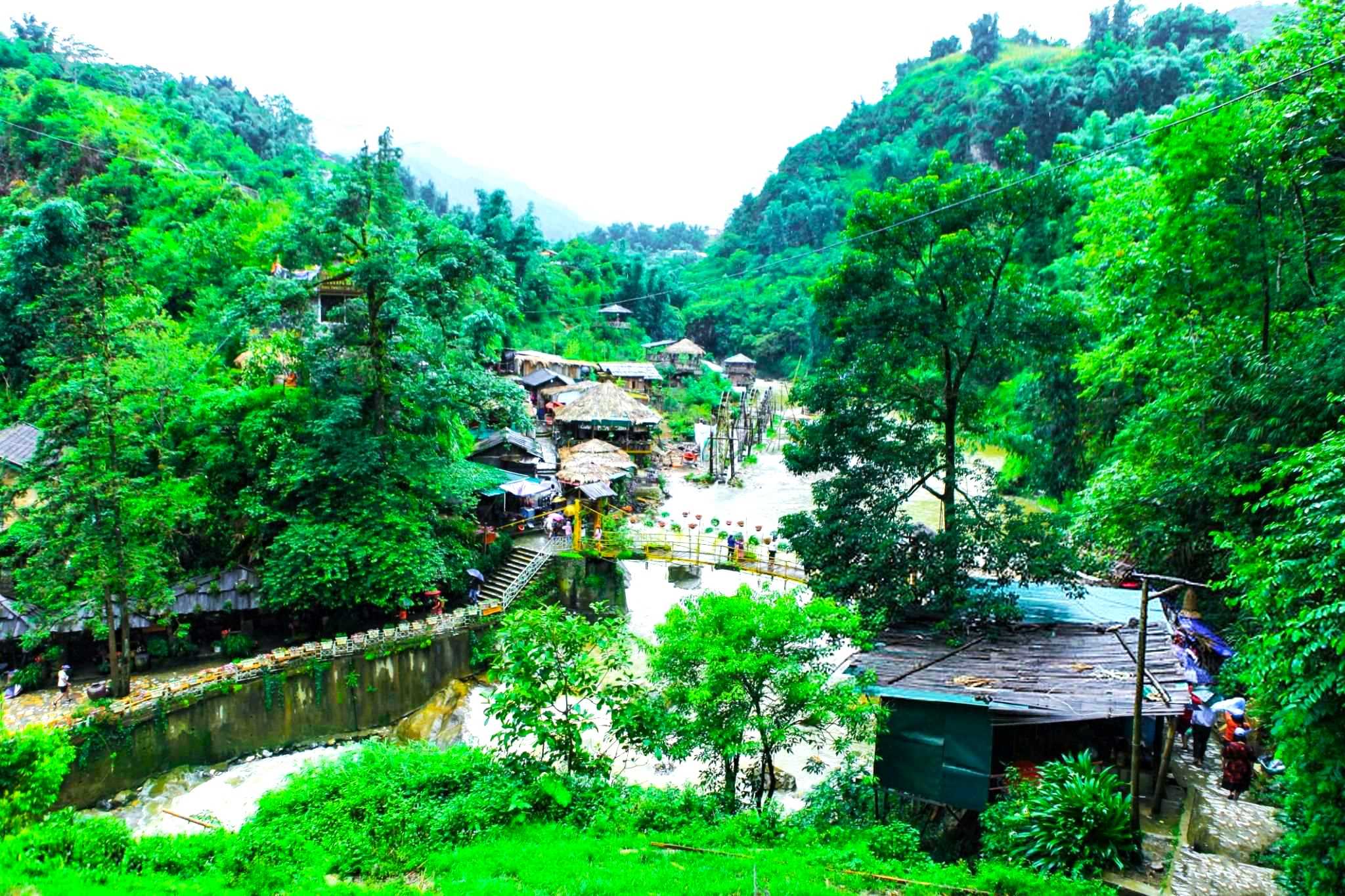
4. Muong Hoa Valley
This lush valley is one of Sapa’s most scenic areas, with a patchwork of rice terraces, bamboo groves, and small ethnic villages. Ancient stone carvings dating back thousands of years are scattered across the valley — believed to have spiritual significance. The Muong Hoa Stream flows gently through the area, making it a peaceful spot for photography and picnics.
5. Love Waterfall and Silver Waterfall
Located about 15 km from town, these two picturesque waterfalls offer a refreshing escape. The Love Waterfall requires a short trek through a pine forest and has romantic legends tied to local folklore. The Silver Waterfall, at 200 meters tall, is easily visible from the road and especially striking during the rainy season.
6. O Quy Ho Pass
Dubbed one of the most spectacular mountain passes in Vietnam, this winding road leads through the Hoàng Liên Son range. At the summit, over 2,000 meters above sea level, you’ll find incredible views and photo ops — especially at sunset. The pass also connects Sapa with Lai Châu Province, making it ideal for motorbike adventures.
What to Do in Sapa
1. Go Trekking
Sapa is Vietnam’s trekking capital. Trails range from short scenic walks to multi-day adventures through remote villages. A guided trek allows you to connect with locals, enjoy stunning landscapes, and learn about traditional farming practices. Popular treks include:
-
Sapa → Lao Chai → Ta Van Village (10–12 km; moderate; passes through H’mong and Giay communities)
-
Sapa → Y Linh Ho → Muong Hoa Valley for more challenging routes with sweeping views
-
Multi-day treks to remote villages like Ban Ho, Nam Cang, or Thanh Phu for off-the-beaten-path experiences
2. Stay in a Homestay
To truly understand Sapa’s culture, spend a night or two in a hill tribe homestay. These humble accommodations offer a window into rural life — communal meals, storytelling by the fire, rice wine tastings, and warm hospitality in simple wooden homes.
3. Visit Ethnic Markets
Weekly markets are an explosion of color, culture, and commerce. Locals gather in traditional dress to trade everything from pigs to textiles. Notable ones include:
-
Bac Ha Market (Sunday): One of the most famous in Northern Vietnam
-
Can Cau Market (Saturday): Set against terraced hills; known for buffalo trading
-
Coc Ly Market (Tuesday): Smaller, intimate, and highly authentic
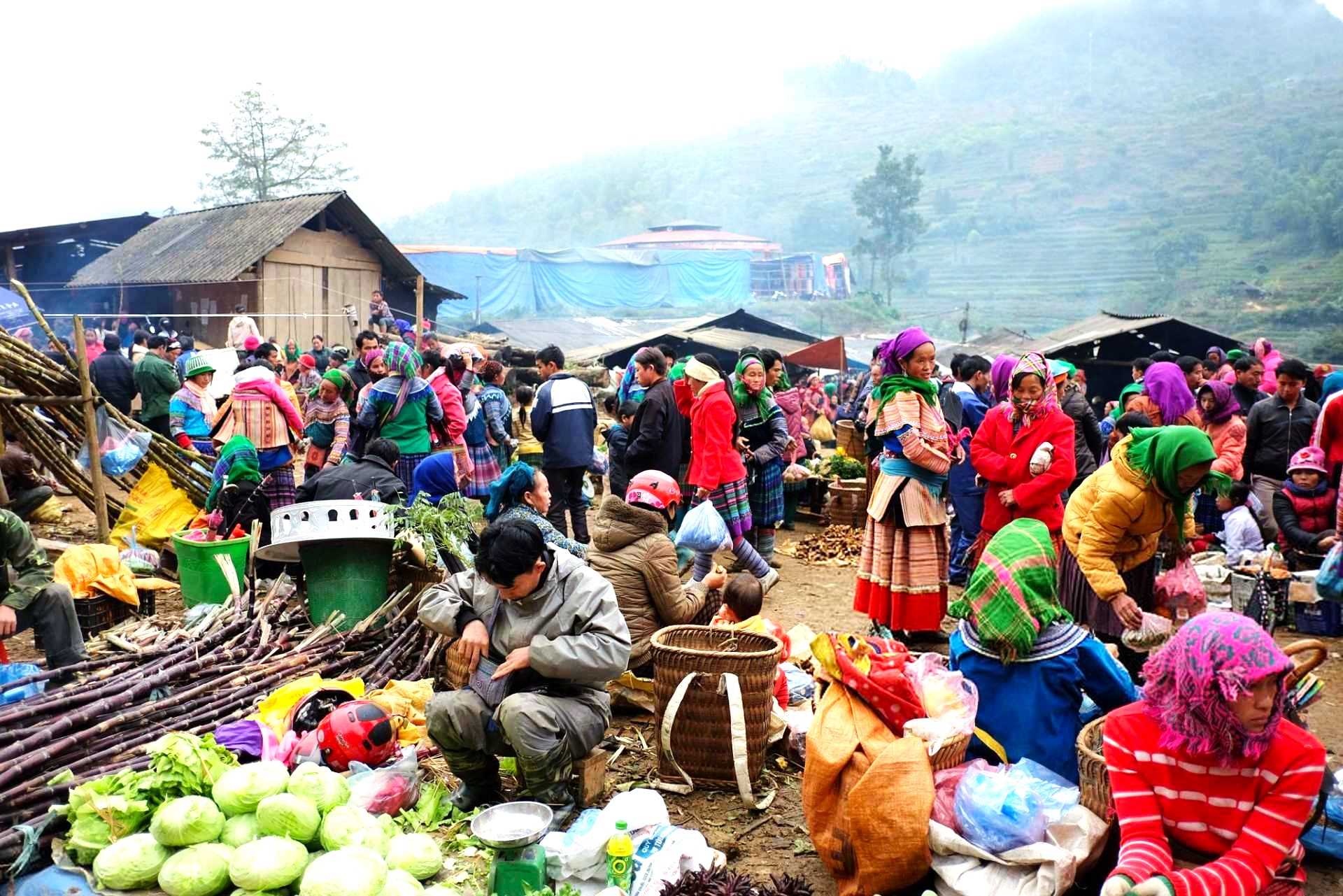
4. Explore Local Cuisine
Sapa’s cooler climate makes it ideal for warming dishes and unique local specialties. Try:
-
Thắng cố – A H’mong stew traditionally made from horse meat (now often pork or beef)
-
Lẩu cá hồi (salmon hotpot) – Farm-raised salmon from mountain streams
-
Grilled skewers – Sweet potatoes, pork belly, mushrooms, and chestnuts roasted over charcoal
-
Local herbal teas and corn wine (a strong local spirit) are common offerings during meals
5. Photograph the Terraced Fields
Sapa’s rice terraces are world-famous — especially during the green growing season (May–June) and golden harvest (Sept–Oct). The best views are found in:
-
Lao Chai and Ta Van
-
Y Ty (for photographers seeking fewer tourists)
-
Ban Ho Valley
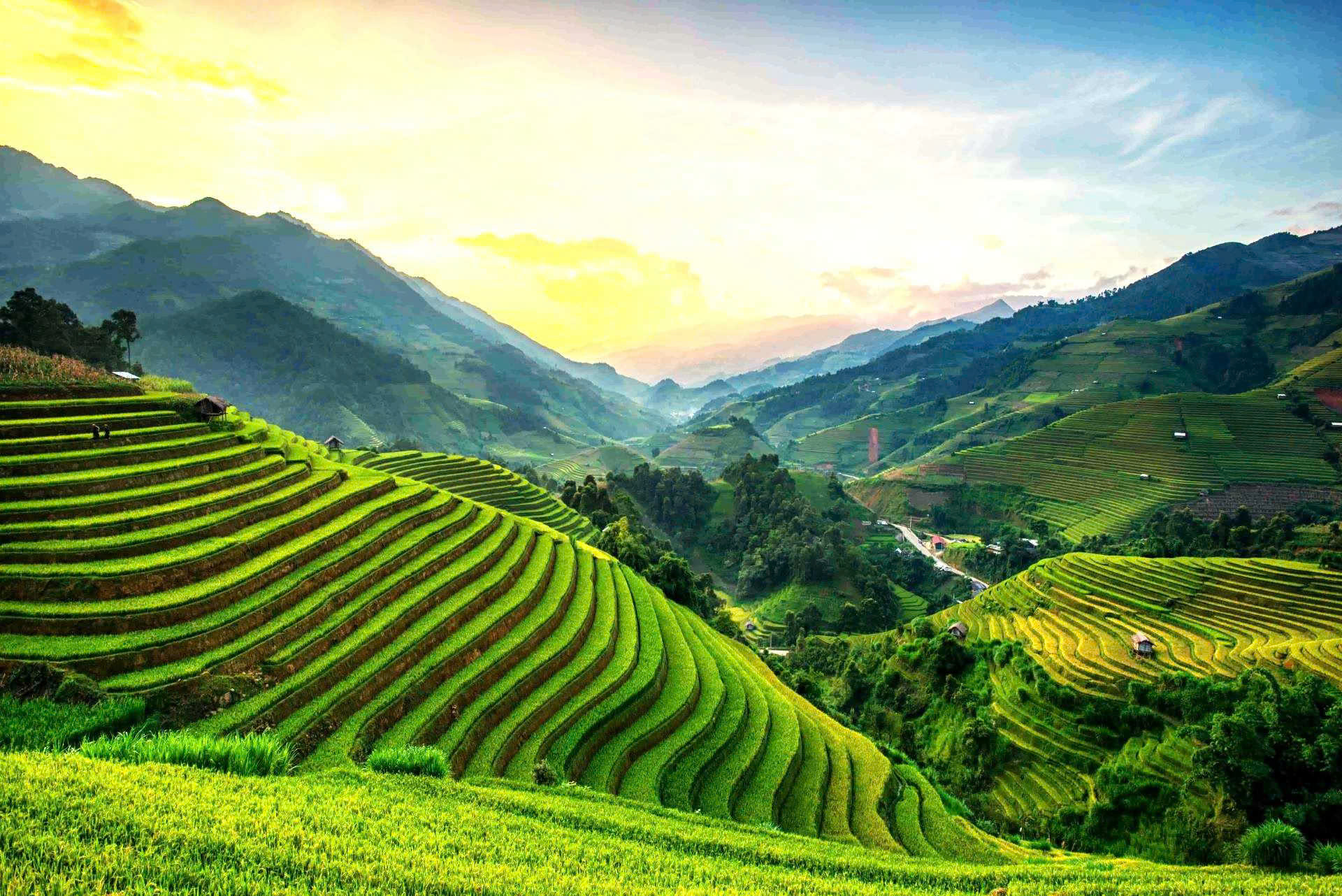
6. Relax in Local Cafés and Mountain Retreats
After a long trek, unwind at a mountainside café or eco-resort. Many offer panoramic balconies with views of misty peaks, perfect for watching clouds roll in while sipping Vietnamese coffee.
Best Time to Visit Sapa
-
March – May: Spring brings pleasant temperatures, blooming flowers, and great trekking weather
-
June – August: Lush green rice terraces, but also more rain. Ideal for dramatic scenery
-
September – November: Peak season for golden rice fields, cool air, and stunning mountain views
-
December – February: Coldest months; temperatures can drop below freezing, and snow is possible at high altitudes
Getting to Sapa
-
From Hanoi:
-
Overnight train to Lao Cai (8 hours), then 1-hour bus or taxi to Sapa town
-
Express buses from Hanoi (6–7 hours)
-
Private transfers or guided tours are also available
-
Final Thoughts
Sapa is not just a destination — it’s a journey into the heart of Vietnam’s natural beauty and cultural richness. Whether you’re climbing mountains, wandering terraced fields, or sharing a simple meal in a tribal home, every moment in Sapa feels deeply rooted and genuinely rewarding.
Here in this highland paradise, time slows down. You’ll find yourself listening to the wind through pine trees, the sound of buffalo bells in the distance, and the quiet stories told by every village path and mountain ridge.
See—- Sapa Tour

